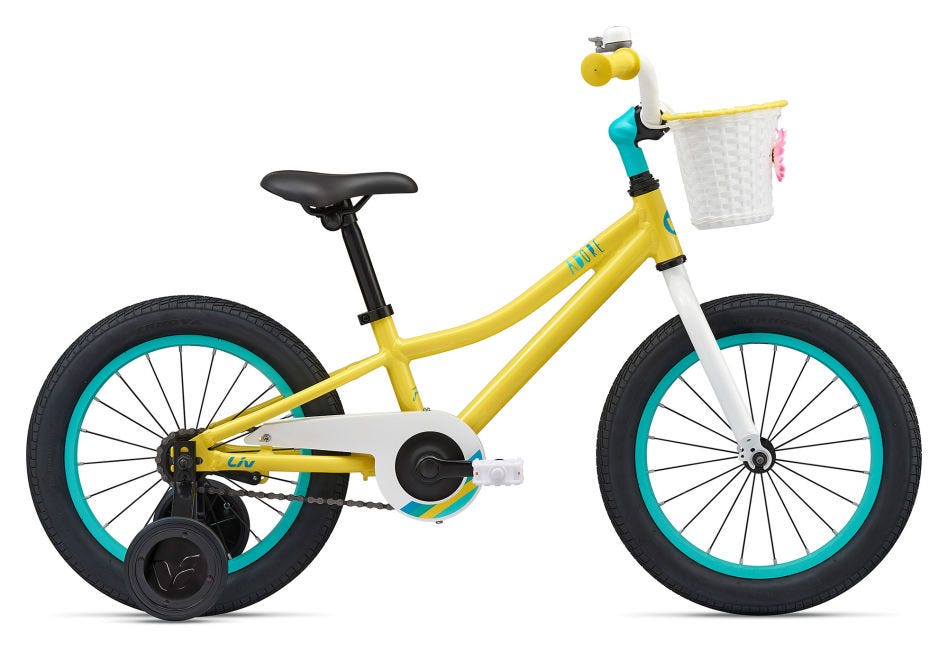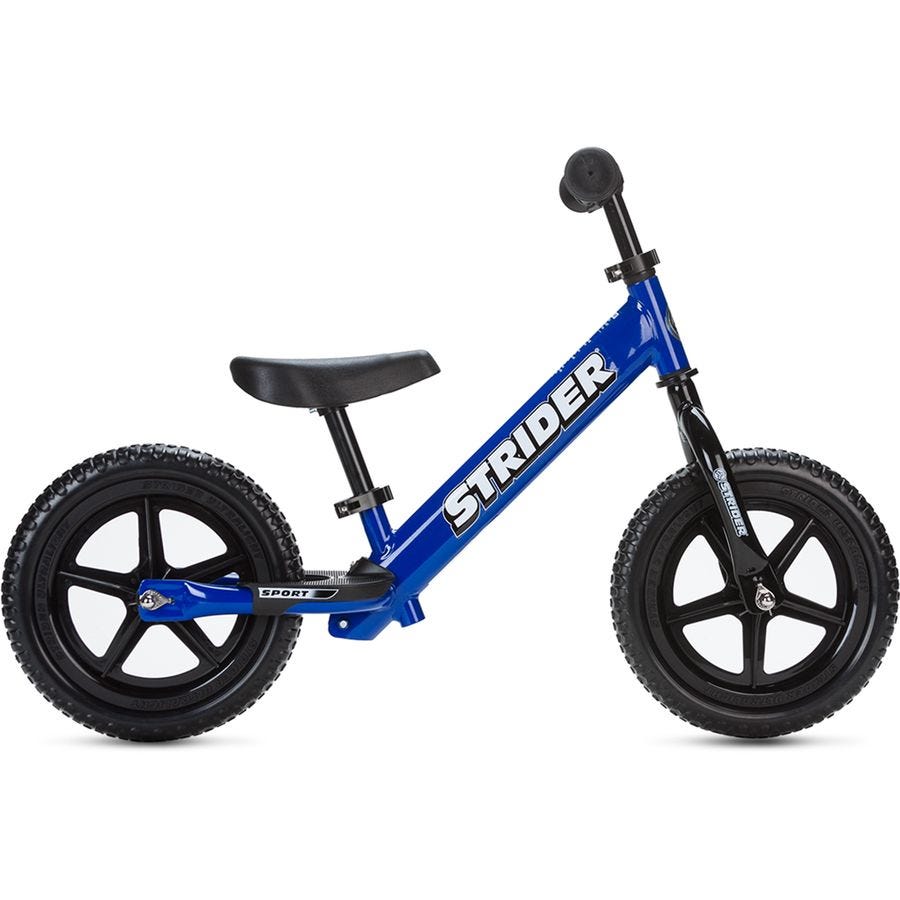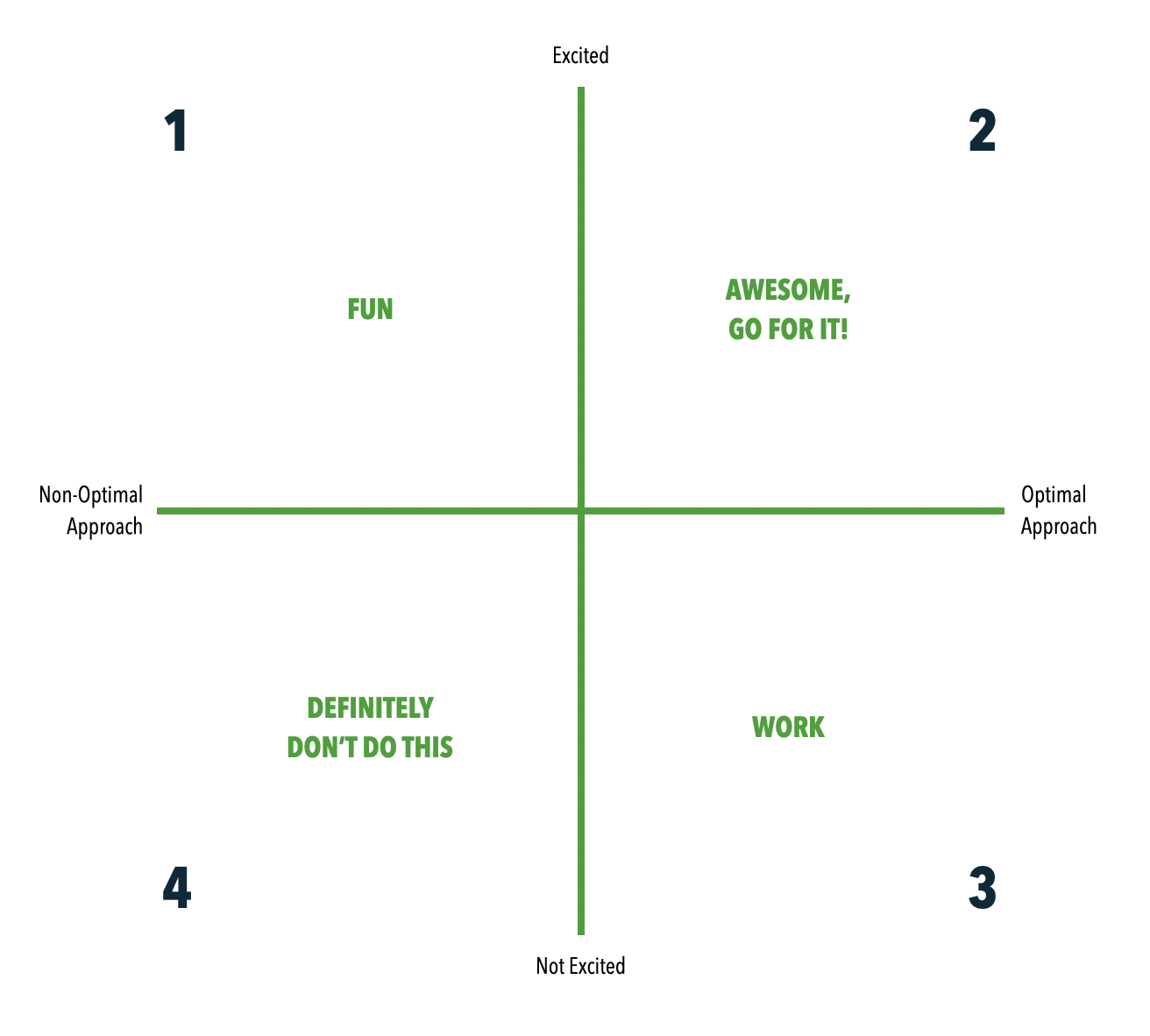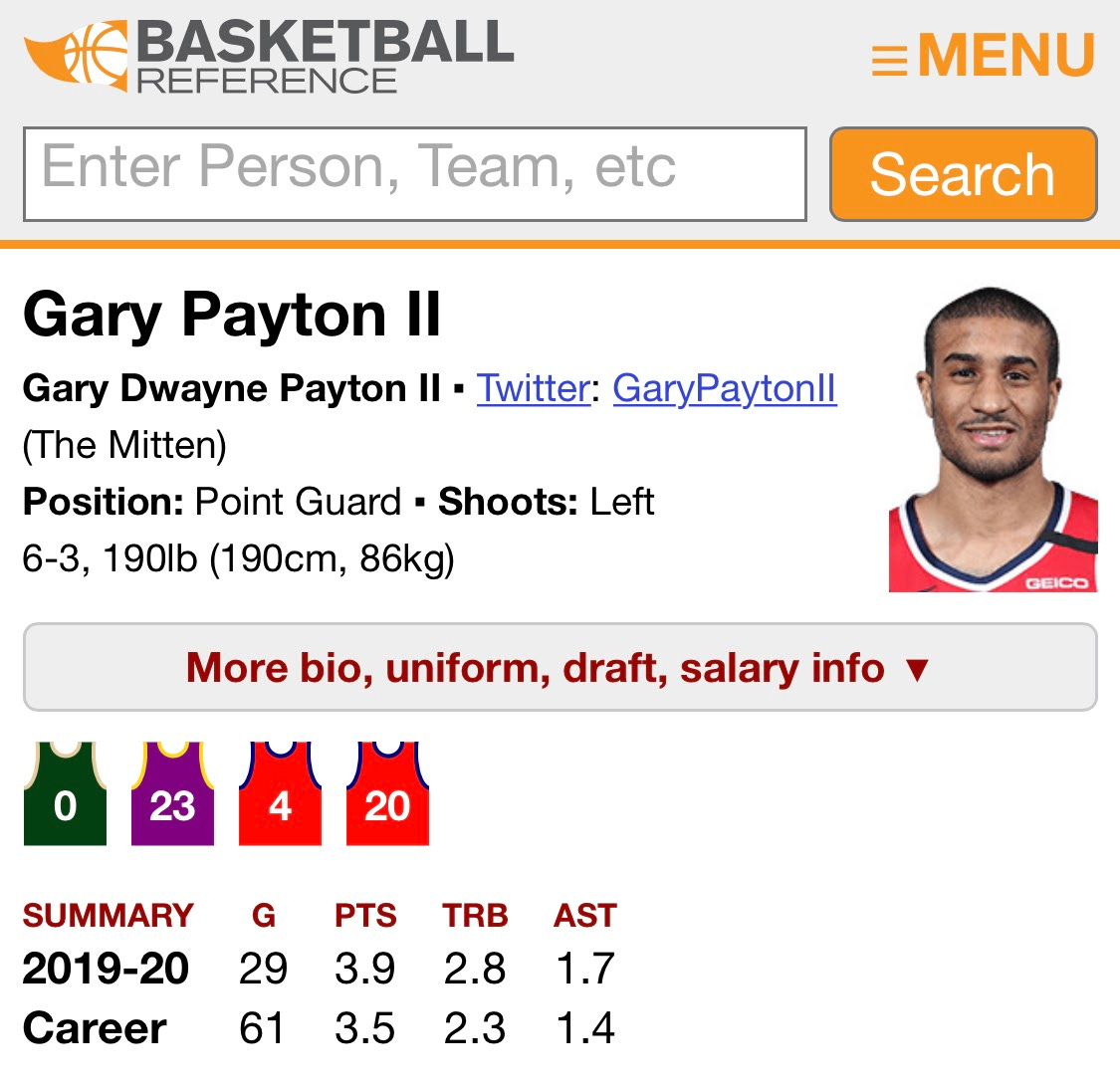Why is this interesting? - The Training Wheels Edition
On milestones, balance bikes, and adventure
Noah here. For my daughter’s birthday, we got her a new bike with training wheels. We live right next to a bike shop, and she had been talking to one of the guys who works there about getting a “real” bike since she could first talk. In pre-COVID times she’d regularly stop by the shop for a quick test ride before we got home.

She’s now about two weeks in and loves it. She wants to ride it everywhere, is super excited to have a basket, and has become pretty handy navigating the sidewalks of Brooklyn.
Why is this interesting?
There wouldn’t be anything worth mentioning about this story except for one controversial bit: the bike has training wheels. If you have a child, you may have run across the debate between training wheels and balance bikes. If you haven’t, the gist is that the hard part of riding a bike isn’t pedaling, it’s balancing. And by putting kids on bikes with training wheels, we are doing them a disservice in learning to ride a real bike because it’s such an artificial experience. Balance bikes are small and pedal-less two-wheelers that kids scoot along with their feet. They focus on the balance and turning parts of biking while leaving the pedals (and training wheels) out entirely.

Example balance bike recommended by Wirecutter.
Which is the better training aid? The answer to this question lies in [the] relative difficulty of these skills. Between balance, steering and pedaling, which skills are most riders going to find more difficult or intimidating to learn? From my experience, the answer is clearly that balance and steering are more difficult and intimidating for young riders than pedaling. If you want to test my hypothesis, here’s an experiment to try. Put a child on a balance bike and let them focus on steering and balancing. Then put a kids pedal bike on a trainer, taking balance and steering out of the equation, and let them pedal.
Or, as Dr. Julie Hatfield, an associate professor at the University of New South Wales with a focus on cycling explained in an article two years ago, "Kids know how to walk, and riding is completely foreign to them … So if you can put them on a balance bike they are essentially using their legs in a way that's more like walking, and they can then gradually build up the balance before they have to get on a bike."
So with all this evidence, why didn’t we put our daughter on a balance bike? Because she was excited about having a “real” bike. We had tried a balance bike before, but she never had much interest. She doesn’t see grownups or “big kids” riding around on them, and if you have any memory of childhood, you’ll probably recall that particular pull. While I’m sure all these experts are correct that this is not the best way to learn to ride a two-wheeler, I’m not sure that’s her goal. She just wants to be able to cruise around on something that looks and feels like a bike.
In some ways, this harkens back to what I wrote in the Curiosity Curve Edition. There’s a lot we encounter that seems designed for the “optimal” outcome. When I was learning to write code initially, I remember being struck by the lack of materials created for someone like me who did not want to become a professional software developer, but rather just someone who was able to build the things they had in their head. Because everything was oriented to the former, it started with concepts instead of execution, which I guess can work when you have a longer-term professional ambition baked in. The same thing happened to me in seventh-grade French class, where instead of focusing on being able to hold a conversation, we learned vocabulary and verb conjugation.

Because I can’t help myself, it strikes me that there’s a four-box in here. If you are excited about the optimal approach, that’s awesome and definitely the best option. But more frequently, you find yourself (or your kids) deciding between box 1 (exciting, but not optimal) or box 3 (optimal, but not exciting). It seems to me that the training wheel decision is between these, and we opted for the excited/non-optimal approach. The alternative was hope we could convince her to like something she hadn’t show interest in prior. As I said before, while it may be my goal to move her to a regular two-wheeler sometime soon, I’m not sure she has any care for whether it’s got training wheels or not right now. In the end, will it take her longer to transition to two-wheel riding? Maybe. Am I okay with that? Yes. (NRB)
Nickname of the Day:
Gary Payton II is the son of NBA Hall of Famer Gary Payton. His dad’s nickname was “The Glove” and today I learned the younger Payton is also known as “The Mitten”. (NRB)

Quick Links:
What's the backup plan if there's no COVID-19 vaccine? (NRB)
Have shared this a few times lately with friends and thought I’d add here: University of Cambridge Emeritus Professor of Philosophy Baroness Onora O’Neill on trust vs trustworthiness (NRB)
Thanks for reading,
Noah (NRB) & Colin (CJN)
—
Why is this interesting? is a daily email from Noah Brier & Colin Nagy (and friends!) about interesting things. If you’ve enjoyed this edition, please consider forwarding it to a friend. If you’re reading it for the first time, consider subscribing (it’s free!).


